The Birth and Early Years of Orlando Fashion Square
Orlando Fashion Square made its grand debut on July 30, 1973, adding a new dimension to the retail landscape of Orlando, Florida. Developed by Leonard L. Farber, the mall was strategically attached to a Sears department store, which had been serving the community since October 30, 1963. This move was designed to leverage the existing customer base and add immediate foot traffic to the new establishment.
The mall’s initial anchor stores were a big draw for shoppers. Burdines, a famous department store, was one of the original anchors, offering a wide range of products from clothing to home goods. Robinson’s of Florida also joined the mall as an anchor, opening its doors on October 29, 1973. This was the second Florida location for Robinson’s, a newly created division of California-based J.W. Robinsons.
The mall quickly became a go-to destination for shopping and socializing. Families would spend weekends exploring the various stores, while teenagers found it an ideal hangout spot. The mall offered retail therapy and became a part of the community’s social fabric.
In addition to shopping, the mall provided other amenities to keep visitors engaged. A free-standing movie theater was built on an outparcel in 1975, offering another entertainment option for mall-goers. This was when the mall was more than just a shopping center; it was a community hub where people came to shop, dine, and have a good time.
The Golden Era of Orlando Fashion Square
The 1980s and 1990s marked the golden era for Orlando Fashion Square. The mall was bustling with activity, and new stores were continually added to its roster. JCPenney built a new store at the mall in 1993, replacing a store at Winter Park Mall. This addition further solidified the mall’s status as a premier shopping destination.
During this period, the mall underwent an interior renovation completed in 2002. The renovation brought the mall a fresh look and feel, making it more appealing to shoppers. Premiere Cinemas also opened a new movie theater in the mall in 2004, replacing the older one built in 1975.
Burdines transformed as well, becoming Macy’s in 2005. This change was part of a more significant rebranding effort and was well-received by the community. The mall seemed to be adapting well to the changing retail landscape, continually updating its offerings to meet the needs of its patrons.
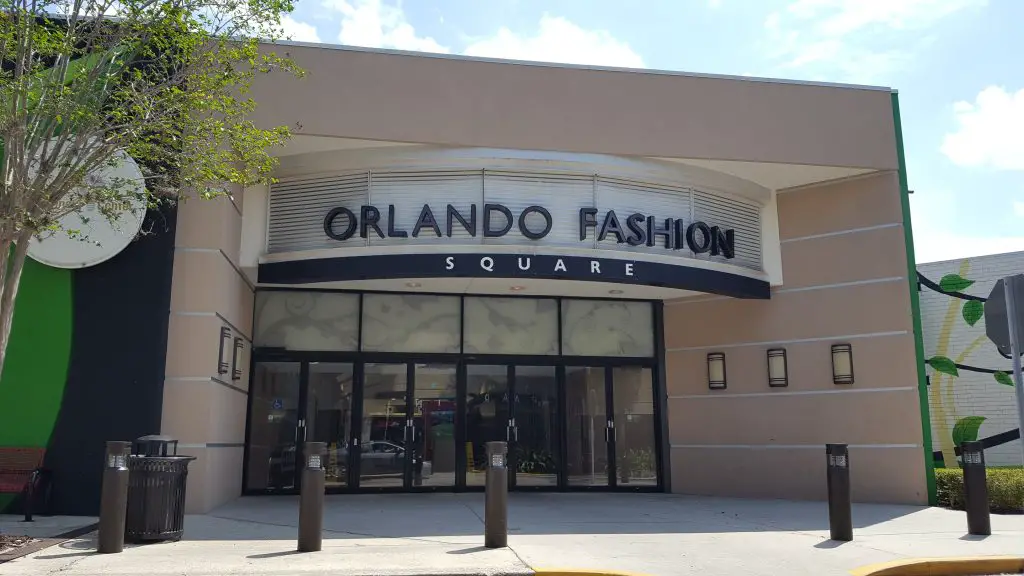
The mall was not just about shopping; it was about experiences. Families would come for a day out, shopping for essentials, catching the latest movie, and dining at one of the many eateries. It was one of the things to do in Orlando, Florida, especially for those looking to spend quality time with loved ones.
Attempts at Revitalization
The mall was sold to UP Development, Inc. in 2013 for $35 million. The new owners had ambitious plans for redevelopment, including adding a new bowling alley and rebuilding the movie theater. These changes were implemented in 2014, aiming to breathe new life into the aging mall.
Dillard’s also tried to adapt to the changing times by converting its store into a Dillard’s Clearance Center in 2014. The store’s second floor was closed, and the focus shifted to offering discounted items. This was an attempt to attract a different kind of shopper, one who was looking for deals rather than the latest trends.
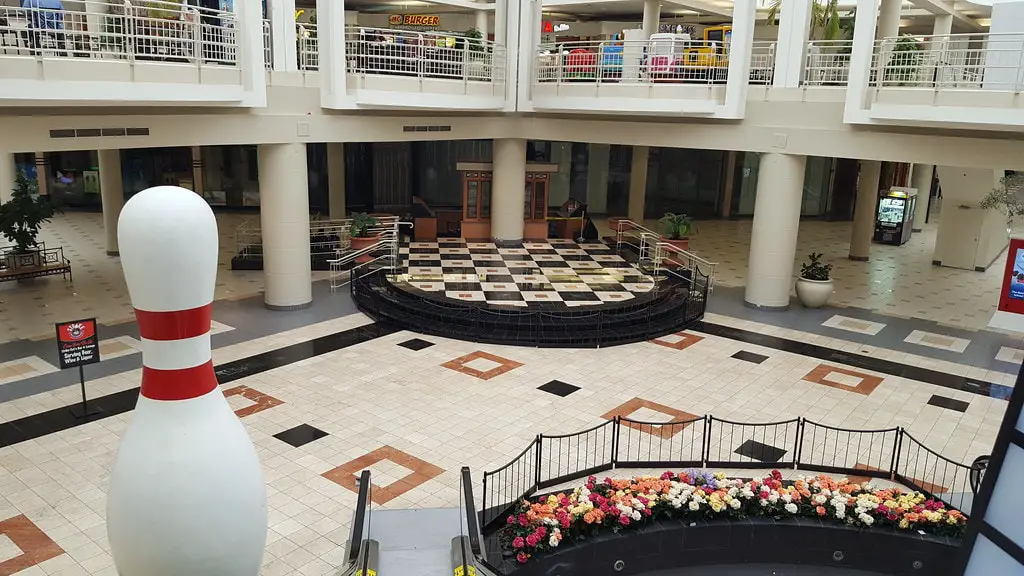
However, despite these efforts, the mall continued to struggle. Several other stores, such as Bath and Victoria’s Secret, Body Works, and The Limited, also closed their doors, leaving the mall with a dwindling number of tenants. The revitalization attempts seemed to be too little, too late.
The mall’s decline was not just a result of changing retail trends but also a reflection of broader economic factors. The community around the mall had also changed over the years, affecting the kind of stores that could thrive in this environment.
The Decline of Orlando Fashion Square
Next significant blow came when Sears announced its closure in 2016. The store was eventually demolished in April 2017, and a Floor & Decor was built. This continues a series of unfortunate events that led to the mall’s decline.
JCPenney, another anchor store, closed its doors on October 18, 2020. This was part of a larger plan to close 154 stores nationwide.
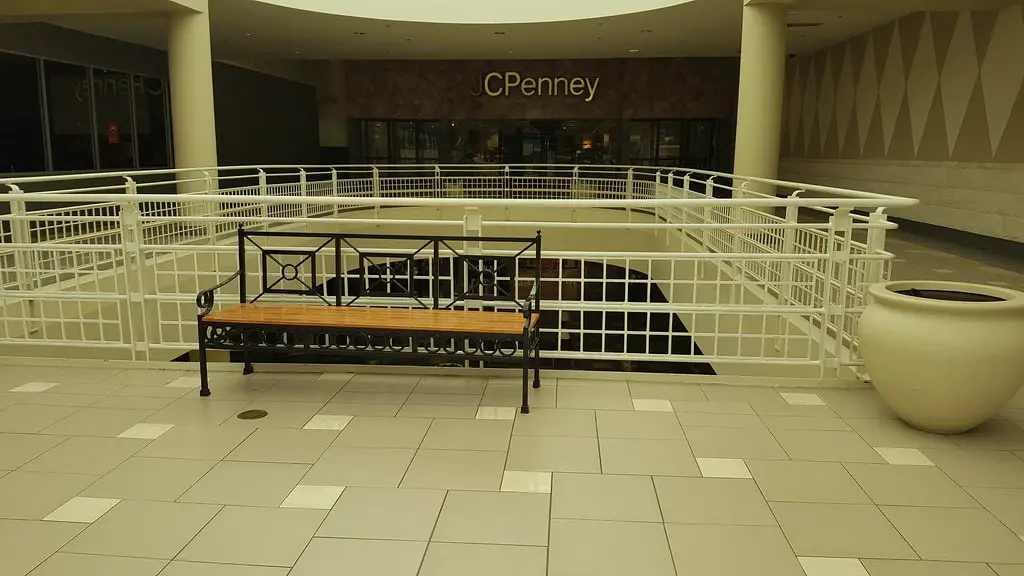
The mall’s decline was not just about the loss of stores. The overall foot traffic dwindled, and the mall lost its charm. The once bustling corridors were now eerily quiet, and the sense of community that once thrived seemed to have dissipated.
Various factors contributed to this decline, including the rise of online shopping and changing consumer behavior. The mall, once a one-stop-shop for all things retail, struggled to keep up with the rapidly evolving retail landscape.
Orlando Fashion Square Today
Fast forward to 2023, and the mall is a shadow of its former self. With a limited number of tenants like Macy’s, Dillard’s Outlet, and Planet Fitness, it’s clear that the mall is struggling to stay relevant. However, it’s not all doom and gloom. The mall is still operational and serves a specific niche in the community.
2021, Orlando city leaders approved a master framework plan to redevelop the mall to the mixed-use complex. The mall’s current management, UP Development, Inc., is committed to turning things around.
Despite the challenges, the mall offers some retail and entertainment options. Macy’s, Dillard’s, Floor & Decor, Premiere Cinemas and Planet Fitness are among the major tenants that are still operational. These establishments provide the community with options for shopping and entertainment, even if it’s not at the same scale as before.
The mall’s website still invites visitors to “shop with us today,” signaling that it’s not ready to throw in the towel yet. While the glory days may be behind it, Orlando Fashion Square is still hanging on, serving the community in whatever way it can.
The Community’s Perspective on Orlando Fashion Square
The community has mixed feelings about the mall’s current state. While some residents remember the good old days with nostalgia, others are more pragmatic, acknowledging that change is inevitable.
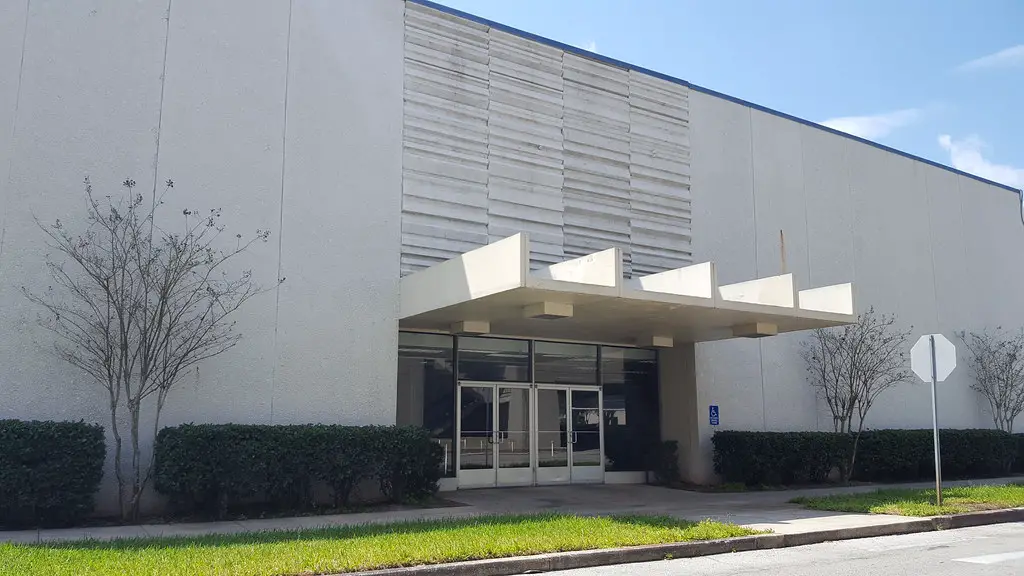
However, the mall still holds a special place in the hearts of many residents. It’s not just a building but part of the community’s history and collective memory. Many people have fond memories of spending time at the mall, whether shopping for the holidays, catching a movie, or simply hanging out with friends.
Orlando city leaders seem to have a renewed interest in revitalizing the mall. After years of attempts, they believe they have a plan that might stick. This has led to cautious optimism among residents who hope the mall can become a vibrant community hub again.
The public’s reaction to the mall’s decline has been varied, but the overarching sentiment is one of hope. Many residents hope the new revitalization plans will bring life back into this once-thriving community space.
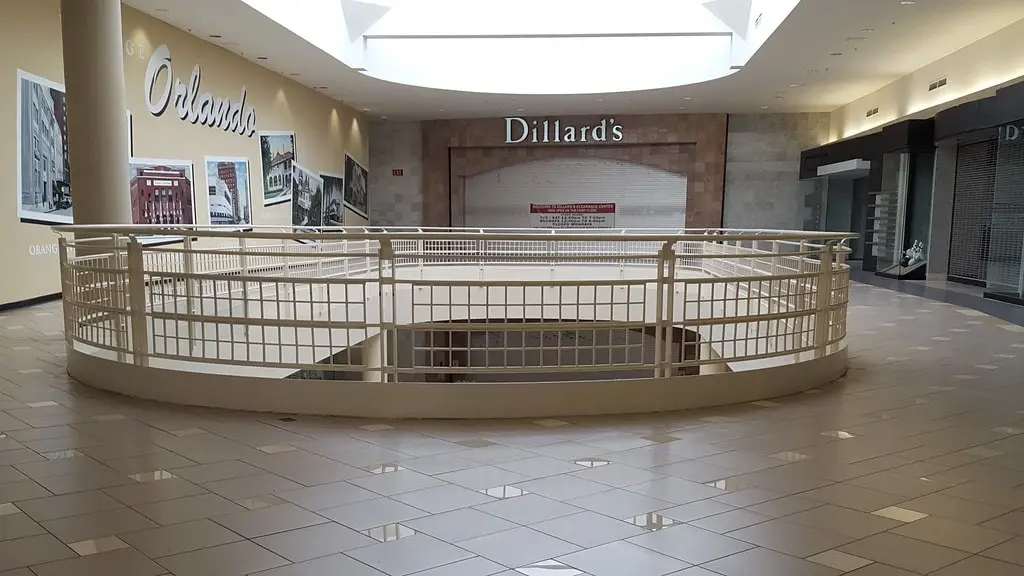
The Future of Retail and Orlando Fashion Square
The story of Orlando Fashion Square is not unique; it reflects broader trends affecting retail spaces across the country. The shift to online shopping has significantly impacted traditional retail areas, leading to the decline of many malls like Orlando Fashion Square.
However, the future is not entirely bleak. The rise of experiential retail offers a glimmer of hope. Malls are no longer just about shopping; they provide experiences that can’t be replicated online. This could be the key to revitalizing malls and making them relevant again.
In conclusion, while the future of Orlando Fashion Square remains uncertain, understanding its past and present offers valuable insights into the challenges and opportunities for retail spaces. As the retail landscape evolves, malls like Orlando Fashion Square must adapt or risk becoming relics of a bygone era.
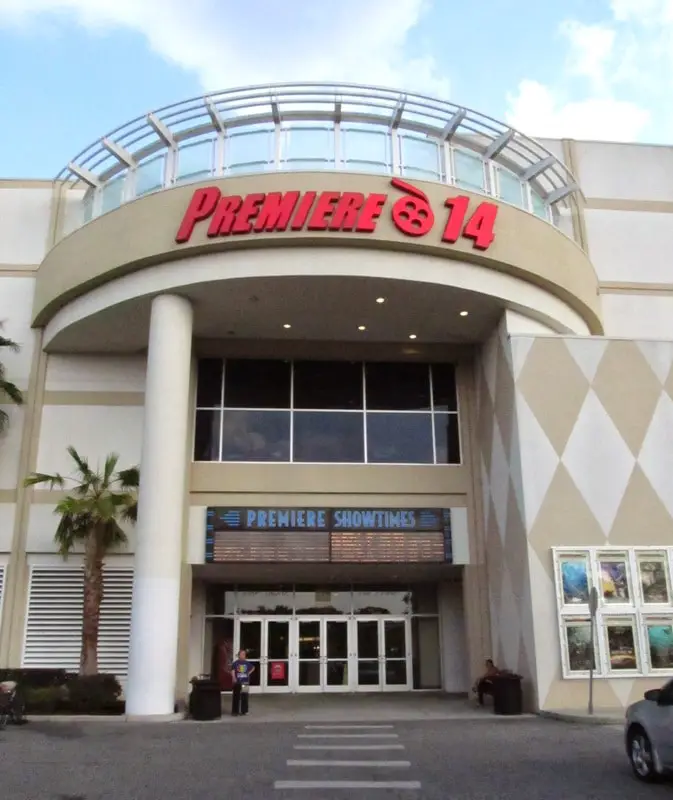

I spent the majority of my career as a hairstylist @ Regis. I witnessed a big chunk of what is discribed in the article (highs & lows) about The Orlando Fashion Square Mall. Hopefully, the mall can be salvaged!
Thank you for sharing your firsthand experience at Orlando Fashion Square. I appreciate your hopeful tone about the future of the mall. It’s a sentiment that many in the community likely share.